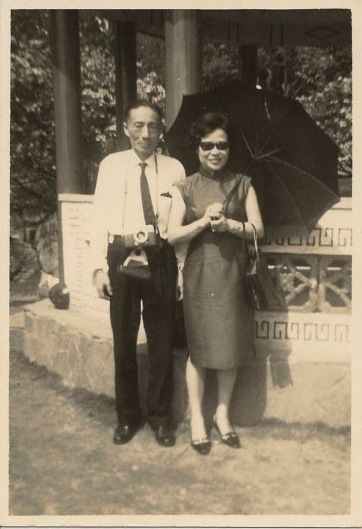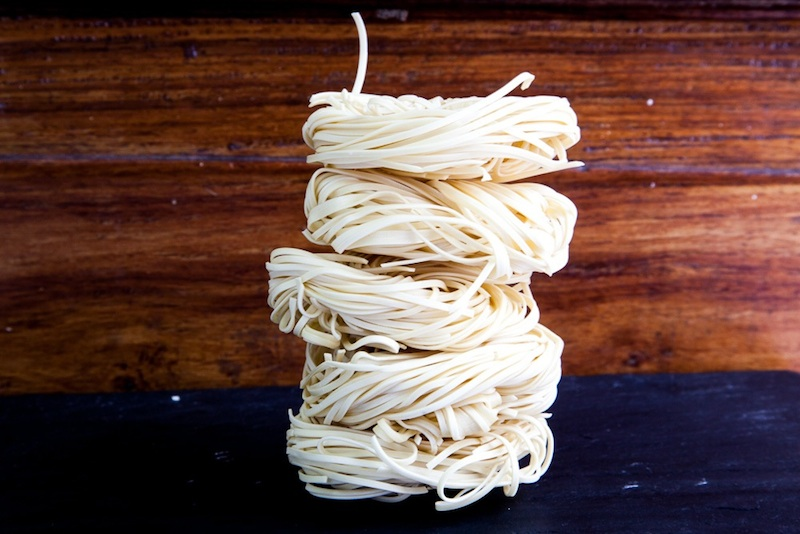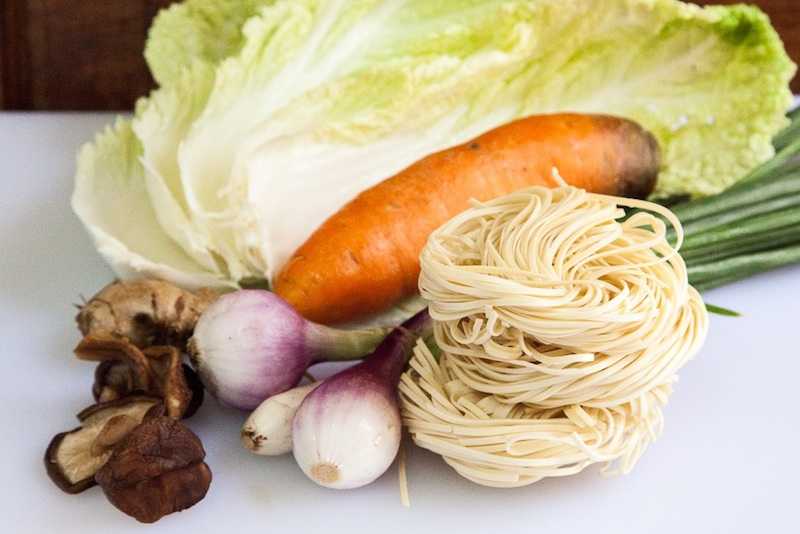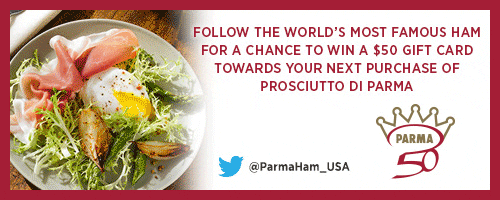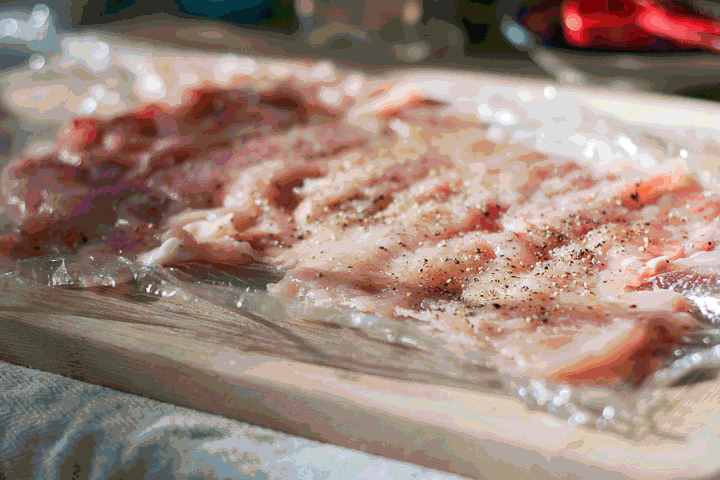Tell me my fellow thirty-somethings, is it all babies and weddings and more weddings and more babies from here on out? Because that’s what it feels like.
I haven’t shared a recipe in awhile, and recently life’s been too busy to document things like Strawberry Hand Pies. But we can do things like Pesto. First, a short backstory:
A friend here in Dar had her baby a few months ago in the US. I met this sweet thing for the first time a few weeks ago, sitting in an air-conditioned office at the Embassy that I am pretty sure mirrored the polar vortex happening in New York right now. Here, in my frigid office, I met perhaps the most well-traveled eight week old on this planet. This child has been, since her birth in early December, From Austin to Costa Rica, to DC, through Amsterdam, to a new home here in Tanzania. Diploman joked that her parents must have used her ultrasound photo in her passport, but seriously, did they?
We must celebrate babies, just like we must celebrate weddings and birthdays (but not Valentines’ Day, I am pseudo-against Valentines’ Day). I wanted to celebrate my friend and the birth of her first child with a gift. All new parents, especially first time parents, are showered new things for baby so I knew it would take a bit of hunting for me to find a good gift in Tanzania to compare to all the cute Etsy-purchased gifts from home…
I also knew another thing: a return from the US was never easy, certainly not with an eight week old, certainly not after coming home to a house that may or may not have a working water pump and generator issues and gecko poop everywhere after months on maternity leave. I knew that at these times, food was more important than ever.
My mom was one of those ‘show them you love them with food’ type of women, something I will always appreciate. When friends were sick she would make soup, freeze lasagnas, and arrange bento box-style dinners in plastic tupperware–in militant fashion. I was touched beyond belief that years ago, when my mom was diagnosed with breast cancer, my dear friends in New York arranged for two small loaves of lemon cake to be Fed Ex’d to my mother in California. THAT is a love, a thoughtful kind of love, that triumphs over all material gifts.
So one night, recalling my mother’s unspoken gift policy, recalling these two small loaves of lemon cake, I made a batch of pesto for my friend to accompany a jar of homemade tomato sauce already in the freezer. I gifted the two to her, in between fawning over her child, telling her it was for all those 3am wake-up calls when perhaps a late night dinner was needed to keep going. It wasn’t much, but it was a gift I was happier to give over cute baby onesies and boppy things. I sensed my pesto had found a loving home—most importantly, a home of three.
Homemade Pesto
Quick Side Note: I had wanted to call this ‘eight week old pesto’ in honor of my friend’s baby, but after reading it over thought it might be interpreted differently. So homemade pesto it is!
Pesto is one of those things though, that because it’s so simple, the use of a few little tricks can elevate the already delicious sauce into something so savory and delicious. The first is the toasting of the pine nuts, a must-do in my book. Next is the crushing of the basil leaves, a quick clap of the leaves in between the palms to release extra oils. Whether this actually makes a difference, I don’t know, but I feel super profesh’. The third and final trick is a slow and long roasting of a garlic clove. I love roasted garlic’s caramelized sweetness, and find that adding roasted garlic in pesto compliments the sourness of the lemon and the salty punch of a parmesan absolutely wonderfully.
Ingredients:
- 4 cups basil, packed
- 1/2 cup pine nuts, toasted
- 3 cloves garlic, roasted
- 2/3 cup grated parmesan cheese
- 1 Tbsp. Lemon juice
- 8 Tbsp. Extra Virgin Olive oil
- Salt, to taste (usually 1-2 teaspoons)
Directions:
Combine all ingredients in a food processor. Blend for 2-3 minutes, or until thick and creamy. If you’d like the pesto a little more runny, add a Tablespoon or two of water.
Makes enough for one large batch of pesto, or freeze half for later use.






